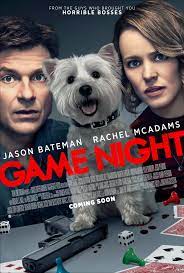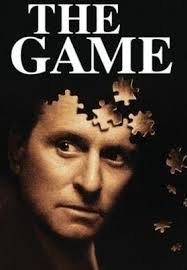Generic Genre Research - Thriller
Generic Genre Research - Thriller
Camera Angles, Shots, and Movements:
Angles:
- High-angles
- Low-angles
- Dutch angles
- Over-the-shoulder
Shots:
- Close-ups
- extreme long shots
- tracking shots
- POV shots
Movements:
- slow zooms
- quick cuts
- smooth movements
- camera dolly
Common Mis-en-Scene
Costumes:
Cross-Cutting:
- dark or neutral colored clothing
- contrasting colored clothing
- costumes to conceal identities
Lighting:
- Low key lighting for shadows
- high contrast for dramatic effect
- using shadows to create suspense
Acting:
- Intense facial expressions
- body language that conveys tension
Makeup:
- Subtle makeup
- bold makeup for antagonists
- use of makeup to create a sense of danger
Props:
- Use of weapons and objects with symbolic meaning.
- Incorporation of technology for modern thrillers.
- Clues and red herrings strategically placed.
Setting:
- Urban environments for a fast-paced atmosphere.
- Isolated locations for added suspense.
- Use of weather to enhance mood.
Sounds:
Music:
- Tense and suspenseful background music.
- Use of silence for heightened anticipation.
- Sudden, impactful music for jump scares.
Ambient Sounds:
- Creaking doors and floorboards for tension.
- Footsteps in quiet moments for suspense.
- Distant sirens or alarms for urgency.
Dialogue:
- Cryptic or ambiguous dialogue.
- Whispers or hushed tones for secrecy
Editing:
- Alternating between two or more storylines for increased tension.
- Building suspense through parallel editing.
Jump Cuts:
- Abrupt transitions to disorient or surprise the audience.
- Quick cuts to intensify action or moments of revelation.
Montage Sequences:
- Condensing time or information through a series of rapid shots.
- Using montage to build tension or convey a character's emotional journey.
Flashbacks/Flashforwards:
- Non-linear storytelling for revealing crucial backstory.
- Creating intrigue by providing glimpses of the future.
Match Cuts:
- Smooth transitions between shots based on visual or thematic similarities.
- Enhancing continuity and storytelling through visual parallels.
- Sharp, intense exchanges for conflict.
Thriller Examples:
- Gone Girl (2014)
- Shutter Island (2010)
- Die Hard (1988)
- Mad Max: Fury Road (2015)
- Se7en (1995)
Elements I Like:
- Intricate plot twists that keep the audience guessing.
- Unpredictable character developments.
- Exploration of the psychological aspects of characters.
Elements I Don't Like:
- Lack of subtlety in portraying suspense or fear.
- Plots that feel recycled or formulaic.
- Overreliance on clichés without adding a unique twist.
.png)



Comments
Post a Comment